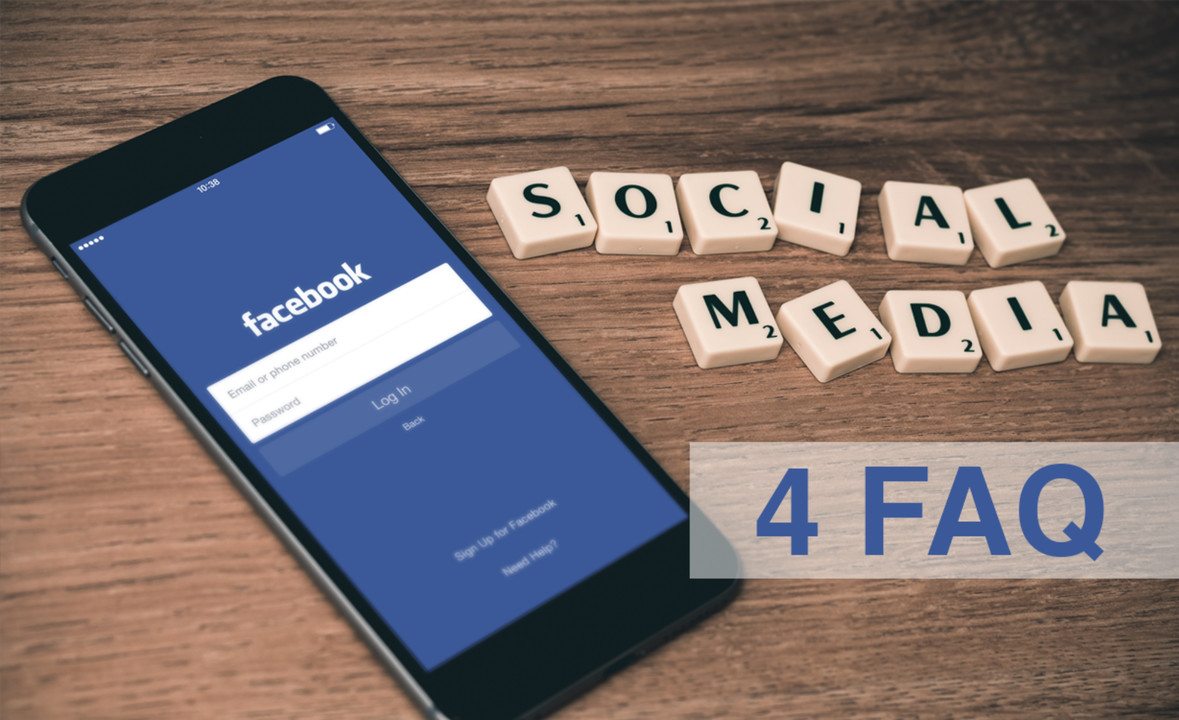What’s the ROI of social marketing?
Let’s start with the holy grail of social marketing questions! I think Gary Vaynerchuk explained it best when he insinuated that social media is just an instrument, and ROI depends on the musician. “What’s the ROI of a piano?,” he asks. Well for him the ROI of a piano is “about $26.50, but that is mainly people paying to get me to STOP… For Elton John? About $400 million dollars.” In other words, it’s all about how you execute on social that determines your ROI.
But let’s take a step back. When you say ROI, I’m assuming you mean “how much money will I literally make in relation to how much I spend?” In today’s digital landscape however, basing performance strictly on last click attribution is akin to only counting putts for a golf score. It often requires many strokes (especially with my game!) to reach the green, and although most golfers would like to exclude those tally marks, that’s just not how the game works. Similarly, there are often many digital touch points that precede and influence final conversion and digital marketers need to be attuned to tracking and optimizing those steps. A fundamental misunderstanding of attribution in today’s marketplace is the reason why asking exactly how much a roadside billboard or magazine ad returned in sales seems outlandish, but asking the same for a social ad seems reasonable.
Because social media (generally speaking) is a poor driver of linear conversions, and multi-touch attribution models are an imperfect science, giving accurate ROI figures in the traditional sense is a difficult task. In the macro, social marketing is about engaging prospects and consumers with informative or entertaining branded content they’ll want to use or consume for its own sake, rather than constantly pushing or interrupting them with direct sales messaging. Put frankly, people aren’t on social to make purchases, but purchase behavior can certainly be influenced. Vaynerchuk encourages brands to think of it this way: “what’s the ROI of your mother?” What sounds initially like derogatory joke is actually a nod to the old adage that “not everything that counts can be counted.” In his words, “the ROI of my mother is everything” but it can’t always be shown in data. To focus on any one particular metric as an assessment of success overlooks the bigger-picture influence that the program can have on the consumer journey. That being said, unlike traditional advertising, we can accurately track content viewability and engagement and trace it back to tangible business outcomes like site traffic and sales patterns.
Bottom line: produce killer, genuine content, and ROI will come. Consider REI’s #OptOutside campaign that originated in 2015. They actually promoted the fact that they were closing their stores on Black Friday, paying their employees on the day off, and encouraging patrons to explore the great outdoors (as opposed to buying their products). The result? A 26% boost in online traffic. Extending the campaign in 2016, REI continued to leverage engagement and reported a 9.3% increase in revenues. Not too shabby for a retailer closing its doors on one of the busiest shopping days of the year.
Which channels should I be on?
This question could correctly be answered “all of them” and just as correctly answered “none of them.” In other words, it all depends on the brand and its content producing ability and bandwidth. Think of it this way: should an aspiring creative write a book or direct a film? Well, if they are equally as talented and capable with both mediums, then doing both is probably beneficial (especially since the product will appeal to a wider range of consumers- book readers AND movie watchers). However, if that creative is a crappy writer but an awesome director, they should probably just stick to the film making (or vice versa).
Make no mistake about, each social network caters to a unique type of content and users navigate between the platforms as their consumption desires change throughout a day. When deciding on strategies for the social channels, a brand should first ask “where is the majority of my target audiences spending their time on social and how are they consuming content there?” In the world of content marketing, quality trumps quantity every time. Better to be a brand that kills it on one channel than it is to be a brand that is mediocre on all of them. Do some true audience assessment and evaluate your brand’s content producing ability before you start adding to what author/agency vet Catherine Toole calls the “steaming heap of content landfill” in her article Brands as Publishers: Inside the Content Marketing Trend. Toole asks the right questions to address the topic:
- What are the goals for your content? How do these support your overall business goals? Who are you creating content for?
- What are our audience’s content needs?
- What do we want our content to focus on? What are our messaging priorities?
How often should I post?
Similar to the question of “which channels should I be on?,” this answer depends heavily on your content producing bandwidth and talent. It also depends on the nature of your brand and it’s lure to consumers. After all, some brands are inherently more engaging (dare I say interesting) than others. There’s a lot more content opportunity for a fashion/lifestyle brand with multiple product categories and consumer types than there is for a CPG brand with a lone product. Think Nike vs. Tylenol. Also consider this: a musician who makes a few hit songs (or maybe even just a one-hit wonder), can be significantly more successful than a musician who puts out hundreds of thousands of songs that no one listens to. As Toole points out, “too much rehashed, me-too content could easily create a situation where the C-word (content) replaces the S-word (spam) as consumers’ number one marketing bugbear.”
You should never produce content just for the sake of having more content. I can’t emphasize quality enough. If your brand can pump out engaging content on a daily basis, and your target audiences continue to interact with it, then by all means post away! However, if it takes your brand several days or even weeks to create a piece that’s worth engaging with, then stick to that schedule. No need to throw that irrelevant cat photo on your feed simply to take up space.
Again, it’s not about quantity. Building trust and establishing your brand as the industry expert should be at the forefront of your social media strategy. Successful brands on social make themselves relevant to potential customers over time. A consumer certainly does not need to buy your product or service everyday, but your product or service probably relates to a topic that does affect their everyday. Leveraging those topics to create content gives your brand the opportunity to position itself as a knowledgeable facilitator within the space. As you consistently promote interesting and informative content, consumers will begin to view your brand as the definitive source for the relevant topics and trends specific to your industry- and that is a wonderful reputation to have.
How much should I spend (on actual media)?
Like most overgeneralized questions, the answer in short is “it depends.” Brands need to test extensively to really determine which types of content, channels, and targeting strategies yield the most bang for their marketing buck. Understanding seasonality and the typical consumer journey for a brand are important factors when constructing content and media plans.
The best way to think about paid media allocation on social is actually through a traditional advertising lens. I frequently ask clients how much they are spending on traditional when they ask how much they should spend on social. While I understand that the teams responsible for the different efforts might not even work in the same building, the question can offer some real context to a brand’s goals. If they are spending millions of dollars on traditional, but unwilling to allocate media spend to social, I try to pry into their reasoning. How and why are they validating the spend on traditional and not at least testing on social? Mobile devices are the “new” televisions and magazines all in one – plain and simple.
It really all boils down to a numbers game: how large is your target audience and how many of them do you want to reach? Your consumers are on social and your spend will determine how many of them you reach. Keeping in mind that driving linear social conversions is generally an unrealistic and unscalable goal on social, brands need to set reach, impression, and social result goals (e.g. link clicks or video views) when mapping out media plans. That buzzphrase “content is king” rings most true on social when it’s said in connection with media spend: a brand should always keep in mind that it will cost more to reach audiences with mediocre content then it will to reach them with killer content.
Your turn
Did I miss a FAQ that you think needs addressing? Drop a line!

